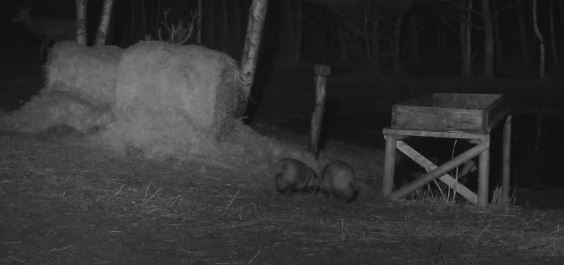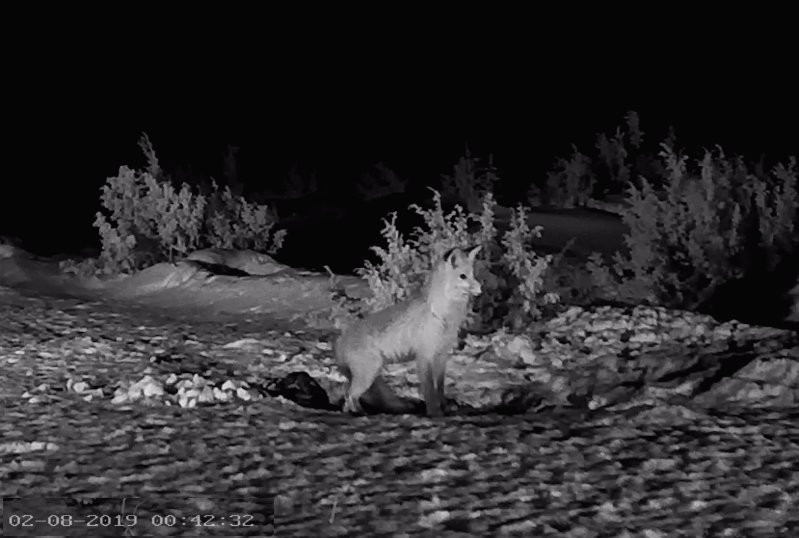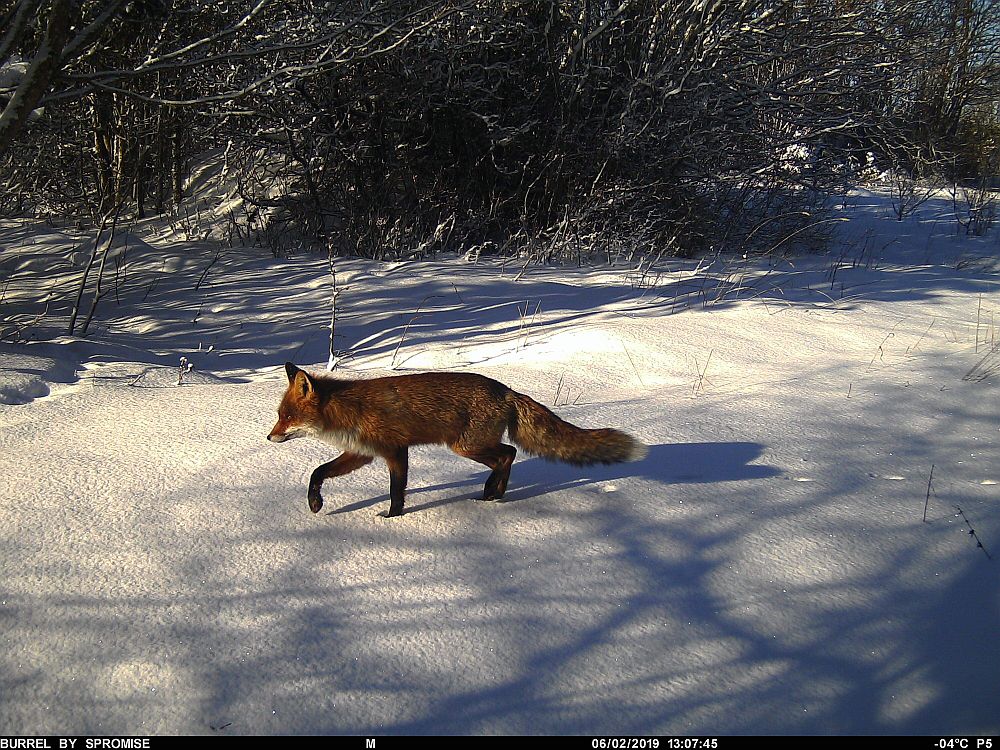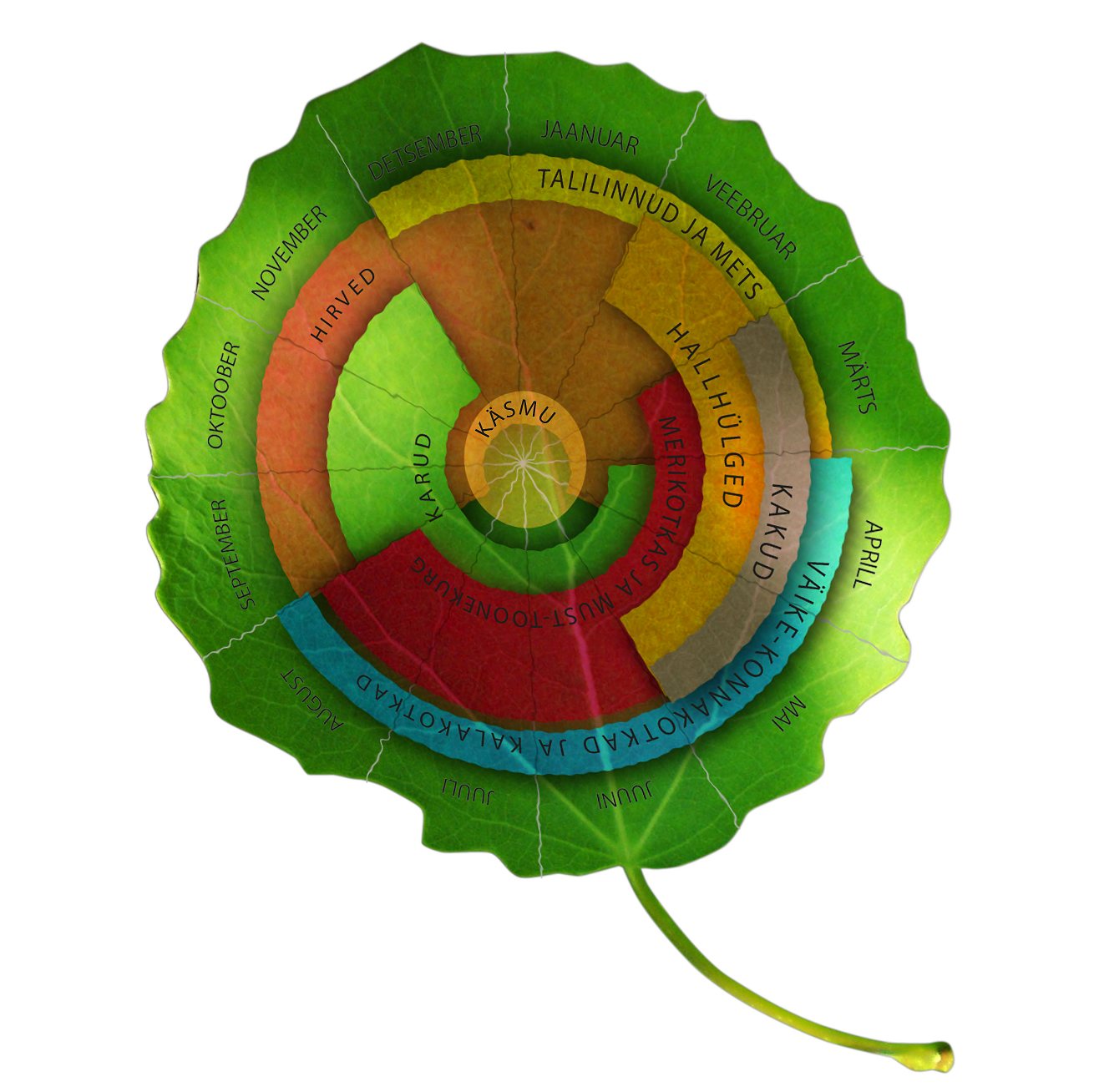Images Kristjan Kaljula
English translation Liis
Estonian text posted 01.03.2019
Daily walk of fox on Muhu island
Fox; Red fox Rebane or punarebane Vulpes vulpes
For the last few weeks I haven’t seen tracks of foxes in pairs in nature so the heat period is coming to an end – the foxes stray individually. We see them in action in the jackal camera almost every day.
The heat period of all our canines lasts about two months. Thus the first fox whelps may see the light of the day already in March or at the latest in April.
Screencap from web camera Balistar, LK forum

Raccoon dog pair
Raccoon dog Kährik or kährikkoer Nyctereutes procyonoides
Adult raccoon dogs live and spend the winter together as permanent pairs. Their heat period begins in February in the season of the big thaws but still lasts in March (those who have heard their mating-time yammering know). Watchers of the wild boar webcam are sure to remember the wedding music of the vociferous raccoon dogs.
Often the next generation of a raccoon dog pair grow up in the same place where they had their winter sleep. The home territory of the slightly awkward animals is not large, up to a hundred hectares and in their own territory they will not tolerate unknown co-specifics straying in when the raccoon dog whelps are already in the den.
Screencap from webcam Biker, LK forum

Jackal Šaakal or harilik šaakal Canis aureus
Not much is known about the life of jackals in our nature. They have not shown themselves in the webcam for nearly three weeks but howling and yapping has been noted in the neighbourhood.
According to literature the heat period of these animals begins in February and March. In the mating of these flock-living predators only the dominant pair is involved and their litters only have two to four whelps (so no explosive increase in their numbers is to be expected although they are known to live outside
The pregnancy of the female lasts just over sixty days so whelps may be present in the simple burrows some time in the beginning of May.
Hopefully we will get confirmation of this information. The jackals are competitors of the previously described species for habitats bordering to large water bodies as well as for food .



